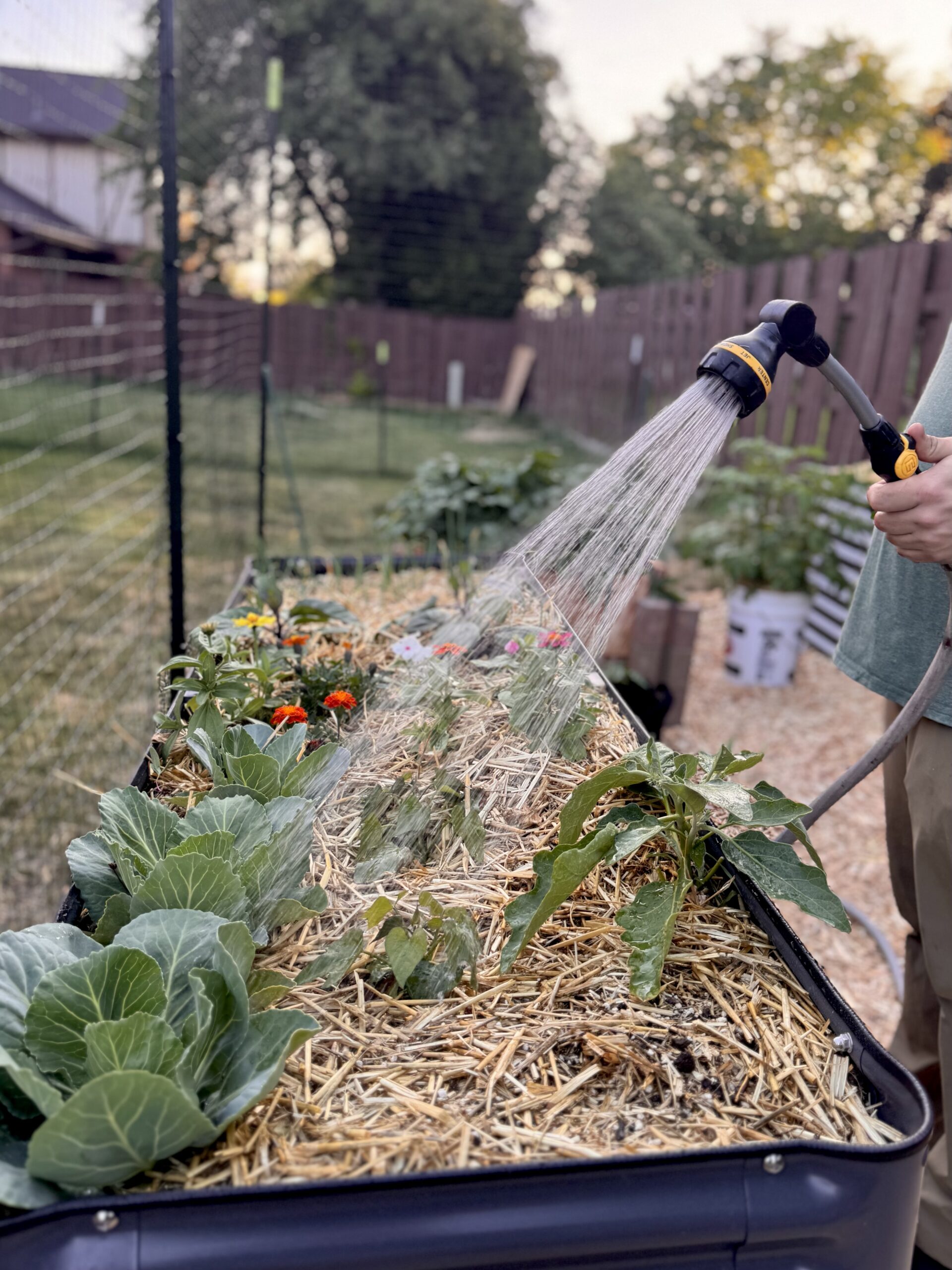
Hey all! Real Farmer Jeff here.
Deep watering is a simple yet powerful gardening technique that promotes strong, healthy root systems by thoroughly soaking the soil well below the surface.
Rather than watering lightly every day, this method saturates the entire root zone (and even below it), creating a moisture reservoir or “water battery” that plants can draw from during dry spells or hot weather.
This deep moisture encourages roots to grow downward in search of water, resulting in plants that are more drought-resistant, nutrient-efficient, and firmly anchored in the soil.
In contrast, shallow watering keeps roots close to the surface, leaving plants more vulnerable to heat stress and inconsistent moisture levels.
In this blog post, I’ll share more about deep watering and how to do it in your garden. Let’s get started!
My Garden Setup: Deep Metal Beds
I’m fortunate enough to have two deep metal raised beds, each about 3 feet deep. These deep beds make deep watering especially effective because the soil volume is large and can hold plenty of moisture at different depths.
In-ground gardens (see below) also work great for deep watering. If you have a container garden, the general rule of thumb is that the deeper the container, the more effective deep watering will be.
Deep Watering in In-Ground Gardens
When you have plenty of high-quality soil that retains moisture well, in-ground gardens can be just as effective (if not more so) than deep raised beds when it comes to deep watering.
The key is soil depth and structure. In-ground beds with loose, fertile, well-amended soil allow water to soak deeply and spread laterally, providing plants with consistent moisture and encouraging strong, deep root systems.
Unlike shallow or poorly drained raised beds, in-ground gardens have the advantage of tapping into a broader, naturally insulated soil profile that holds moisture longer. As long as the native or amended soil has good structure and water-holding capacity, deep watering in in-ground beds is highly efficient and can even reduce the frequency of watering compared to raised beds.
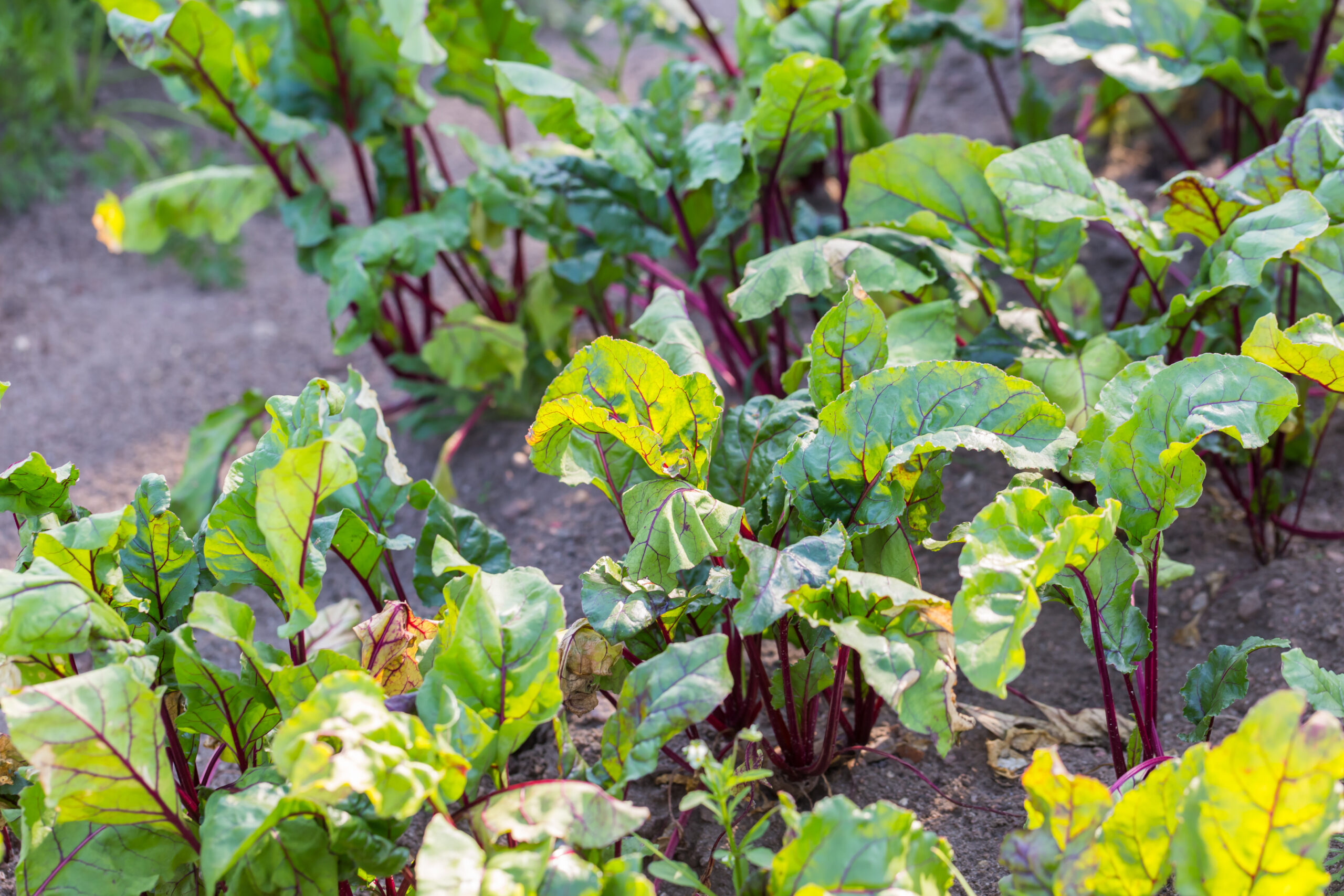
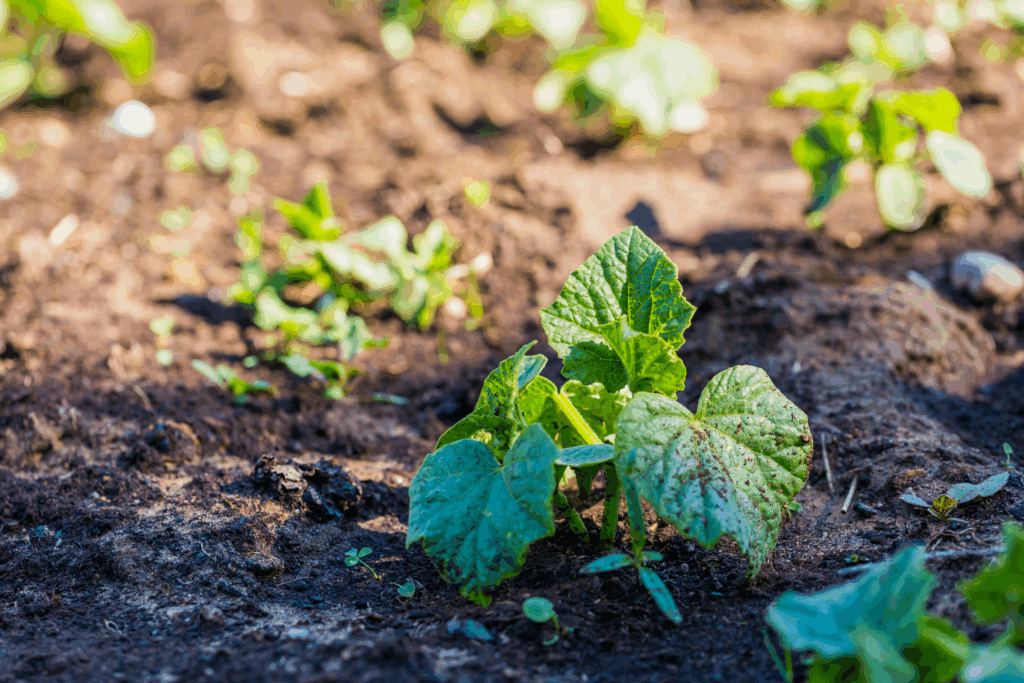
How to Deep Water In-Ground Gardens
- Water Slowly: Use a soaker hose, drip system, or watering wand set to a slow flow. Let it run for 20–30 minutes per area, allowing moisture to penetrate 6–12 inches into the soil.
- Water Less Often: In-ground gardens typically need deep watering only once or twice per week, depending on your climate, weather patterns, and soil type.
- Check Soil Depth: After watering, use a screwdriver, soil probe, or your hand to check how deeply the water has soaked in. You’re aiming for at least 6 inches of moist soil to support strong root systems.
- Mulch Generously: Apply a 2–3 inch layer of mulch (such as straw, compost, shredded leaves, or bark) over the soil surface. This helps lock in moisture, regulate temperature, and promote better water absorption.
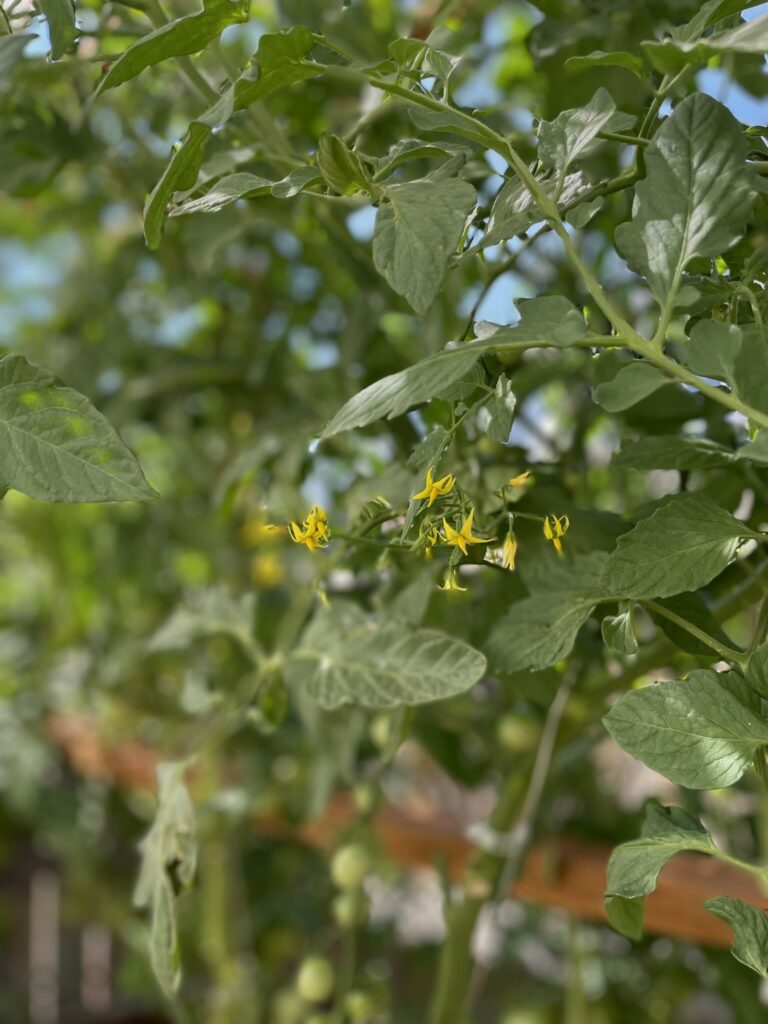
Preventing Runoff in In-Ground Gardens
- Start with a Light Flow: Especially in compacted or clay-rich soils, begin watering gently to give the surface time to absorb water and avoid pooling.
- Use the Cycle Soak Method: Water for 10 minutes, pause for 10–15 minutes, then resume. This lets water infiltrate deeply instead of running off the surface.
- Accommodate Slopes: On sloped ground, form shallow basins around each plant or along rows to trap water and direct it downward into the root zone.
What’s the Ideal Raised Bed Depth for Deep Watering?
While deep metal beds like mine (around 3 feet deep) are ideal for maximizing water retention and encouraging robust root development, you don’t need beds that deep to benefit from deep watering.
For most vegetables, a raised bed that’s at least 12 to 18 inches deep is sufficient for effective deep watering. This depth allows moisture to penetrate well below the surface and reach the full root zone of common garden plants like tomatoes, peppers, lettuce, and carrots.
Here’s a quick guideline for raised bed depths:
| Bed Depth: | Suitable For… | Deep Watering Benefit: |
| 6–8 inches | Shallow-rooted greens (lettuce, radish) | Limited saturation, dries quickly |
| 12–18 inches | Most vegetables (tomatoes, peppers, herbs) | Good root reach, supports deep watering |
| 24–36 inches | Deep-rooted crops (parsnips, squash, tomatoes) | Excellent saturation and water retention |
Pro Tip: The deeper your bed, the more water it can hold below the root zone—acting as a reservoir that plants can draw from during dry spells. This not only improves plant health but also reduces the frequency of watering.
My Watering Routine
Once a week, I give each of my beds a deep soak, watering for about 20 to 30 minutes per bed. I typically move the hose to a new position – about one-third of the way across the bed – every 5 to 10 minutes to ensure even saturation. I use a watering wand with a gentle stream that won’t erode the soil (especially because I have mulch on top), and it conveniently props itself up, so I don’t have to hold it.
While my garden is getting deeply watered, I go about doing other garden chores such as pruning or self-pollinating my tomato plants. I often set a timer to make sure I rotate the hose at the same interval.
This method fully saturates the root zone and even the soil below it, creating a deep reservoir of moisture – like a water battery – that plants can draw from throughout the week.
During the rest of the week, I do light surface watering each morning, mainly to check on plant health and give them a small boost. Because the soil is already deeply hydrated, this daily watering is minimal and more of a maintenance check-in.
Note that deep watering is only for my deep beds and I still water my smaller containers every couple of days in the hottest part of summer. However, my daily watering time is way less because of watering my beds.
How Mulching Affects Watering
Mulching my beds is a key part of maintaining moisture between deep watering sessions. A thick layer of organic mulch helps:
- Reduce evaporation from the soil surface
- Keep soil temperature stable, protecting roots from extreme heat or cold
- Suppress weeds that compete for water and nutrients
By keeping the soil moist and cool, mulch enhances the benefits of deep watering and supports healthy root growth.
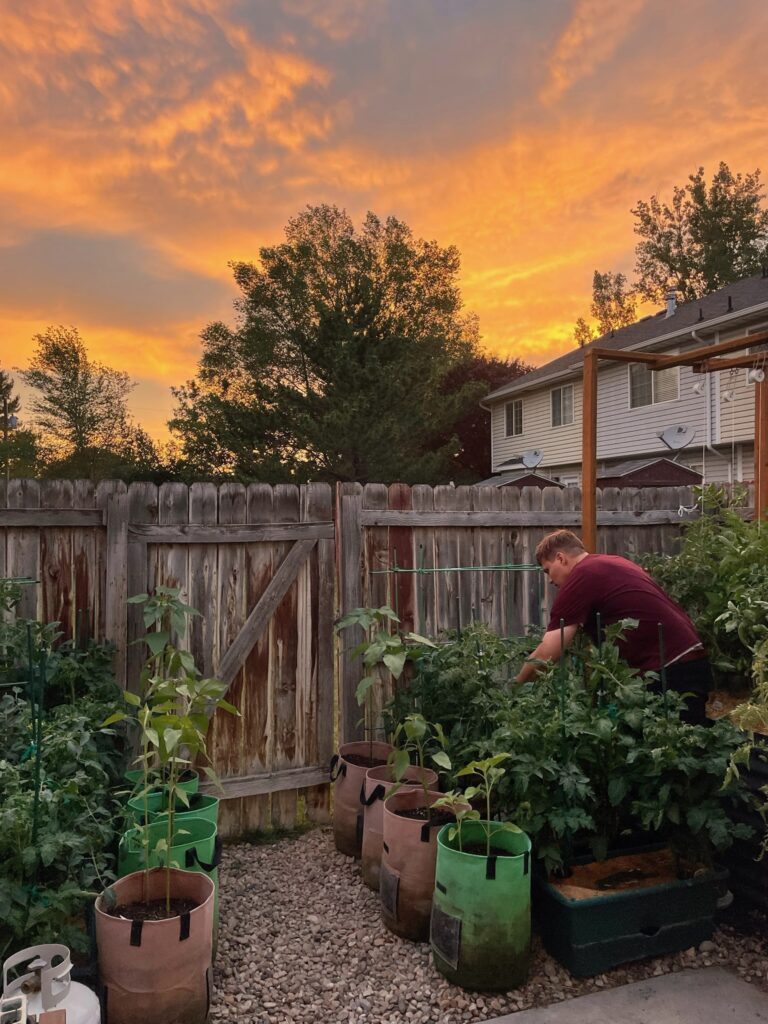
Deep Watering Compared to Other Irrigation Techniques
Deep watering isn’t the only method that supports deep root growth. Several other irrigation techniques use similar principles but in different ways:
1. Trench Irrigation: This traditional method involves digging shallow trenches alongside plants. Water flows through the trenches and soaks into the surrounding soil, encouraging roots to grow downward. While effective, it’s best suited for larger-scale gardens or farms and requires proper leveling and flow control to work well.
2. Drip Irrigation: Uses tubes with small emitters to slowly release water directly at the base of each plant.
- It’s a great low-maintenance option once set up properly.
- It’s highly efficient and reduces water loss from evaporation.
- If run for longer durations, it can mimic deep watering by delivering moisture deep into the soil.
3. Soaker Hoses: These porous hoses slowly release water along their entire length, making them easy to use in raised beds or garden rows.
- When left on long enough, they can provide deep moisture similar to manual deep watering.
- However, they often require monitoring to ensure the water reaches the full root depth.
4. Deep Watering (Manual Saturation): This is my preferred method because my garden is so tiny. I simply water for an extended period—about 20 to 30 minutes—to fully saturate the soil.
- It works especially well in deep beds where water can soak down and linger.
- While it takes a bit more time up front, I save water throughout the week by not needing to irrigate daily.
- It’s a flexible and intuitive approach, requiring no special equipment.
Deep watering has changed how I care for my garden. It saves water and time, reduces stress on my plants, and supports deeper, stronger root systems that thrive. When combined with practices like mulching and regular observation, this approach creates a more resilient garden that needs less frequent intervention and yields more consistent results.
Thanks for reading along, guys! If you enjoyed this blog post, check out my other gardening blog posts:
- How to Start a Garden on a Budget for Under $100
- Essential and Nice-to-Have Garden Products for Your Perfect Setup
- My Garden Setup: 3 Best Garden Containers for Every Gardener
- Understanding Garden Light and Shade: A Simple Guide
- How to Build a Homemade Trellis Using Cattle Panel
Follow me on social media for daily content and instructional videos about gardening!
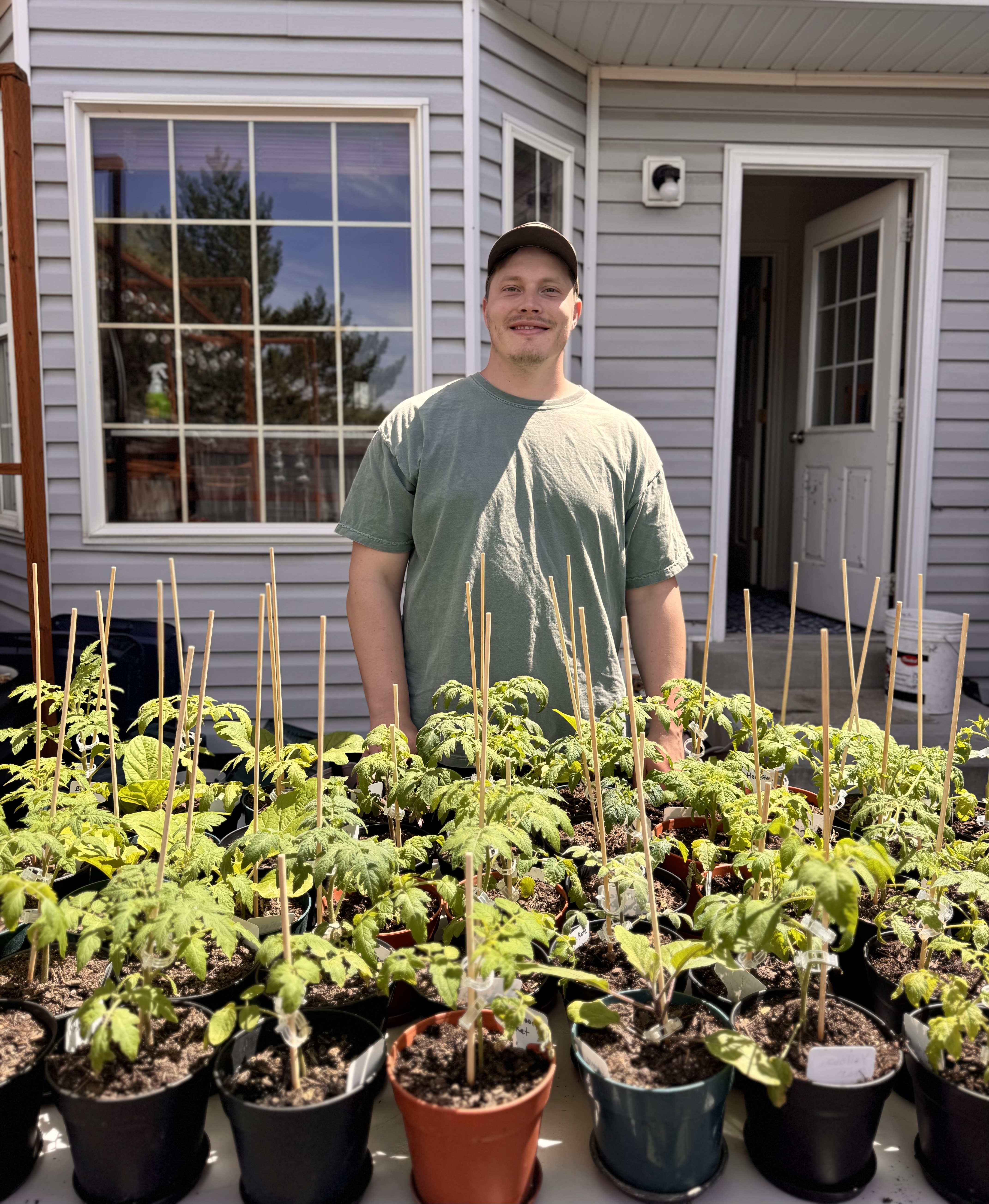

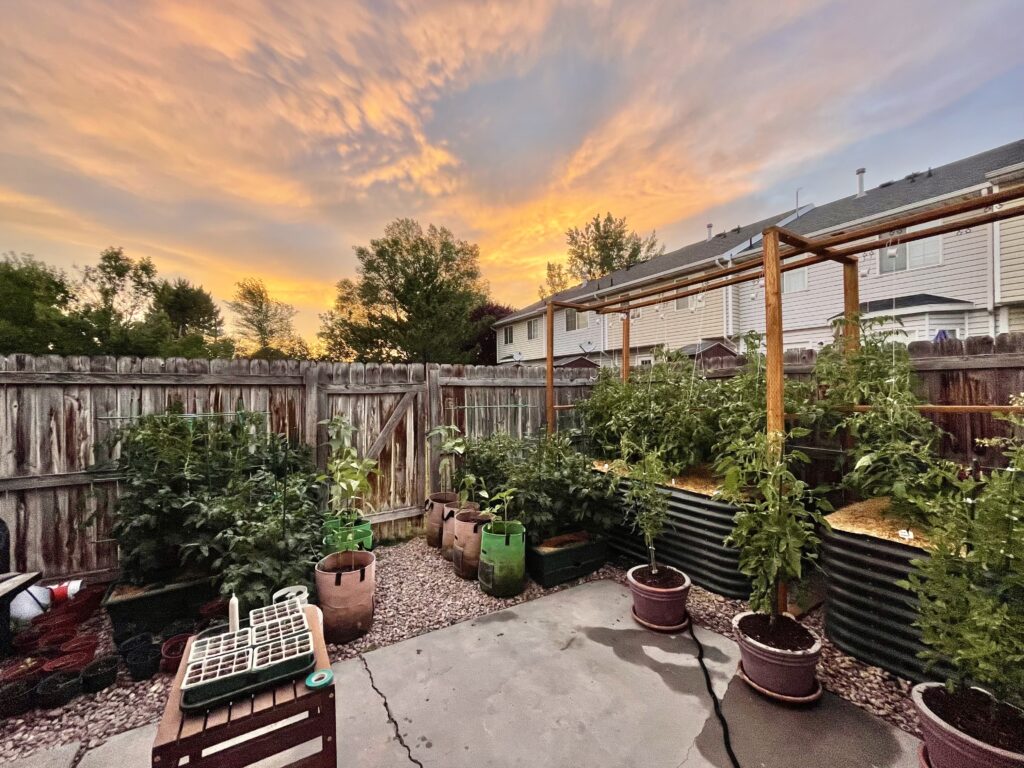
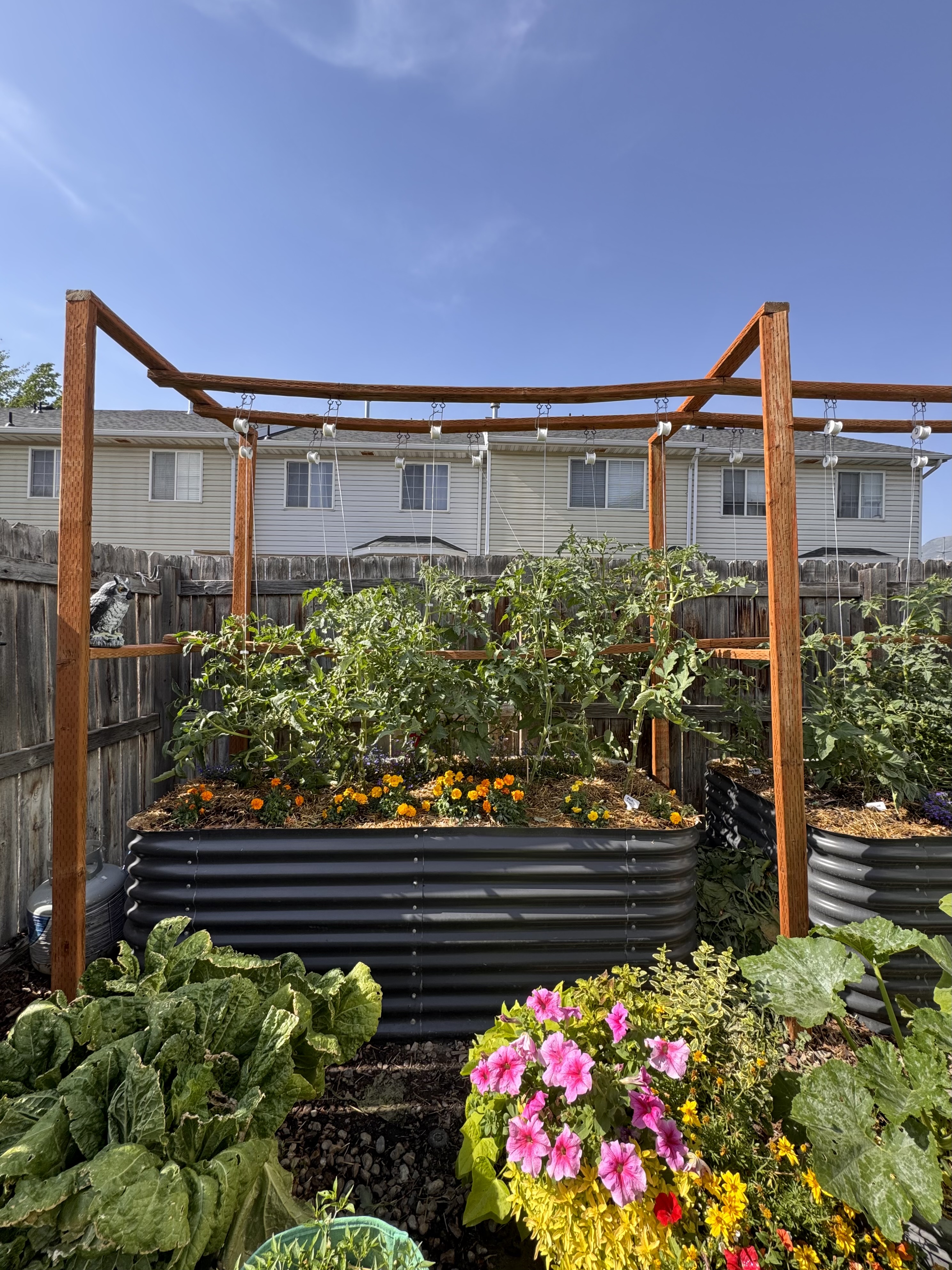
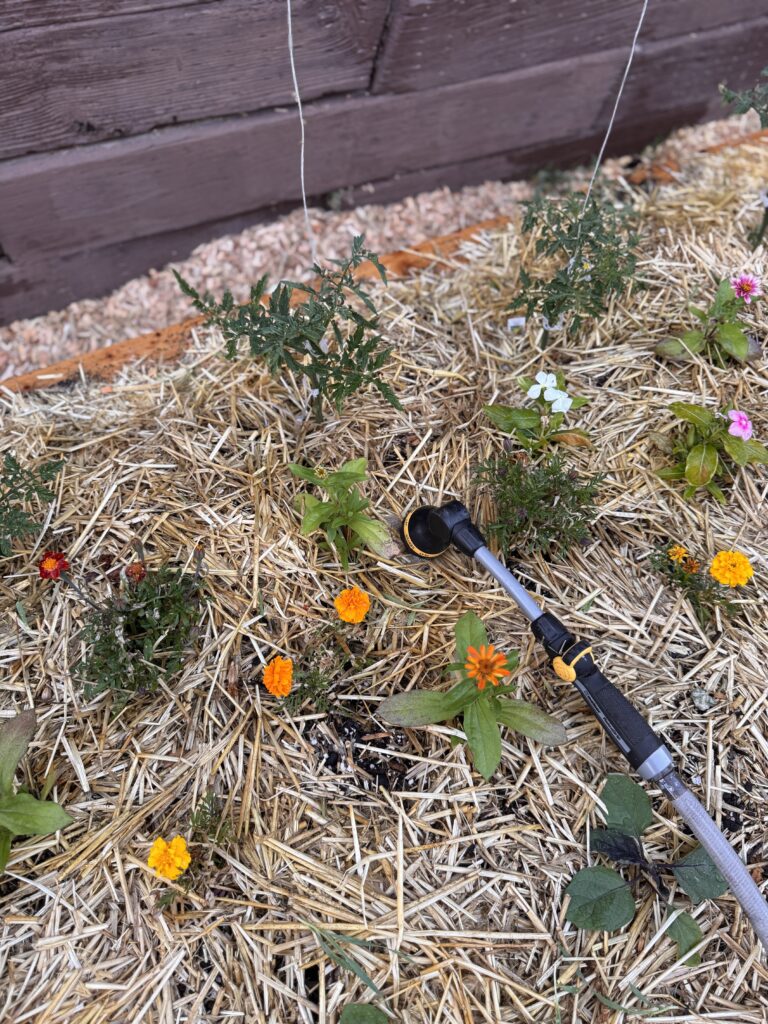
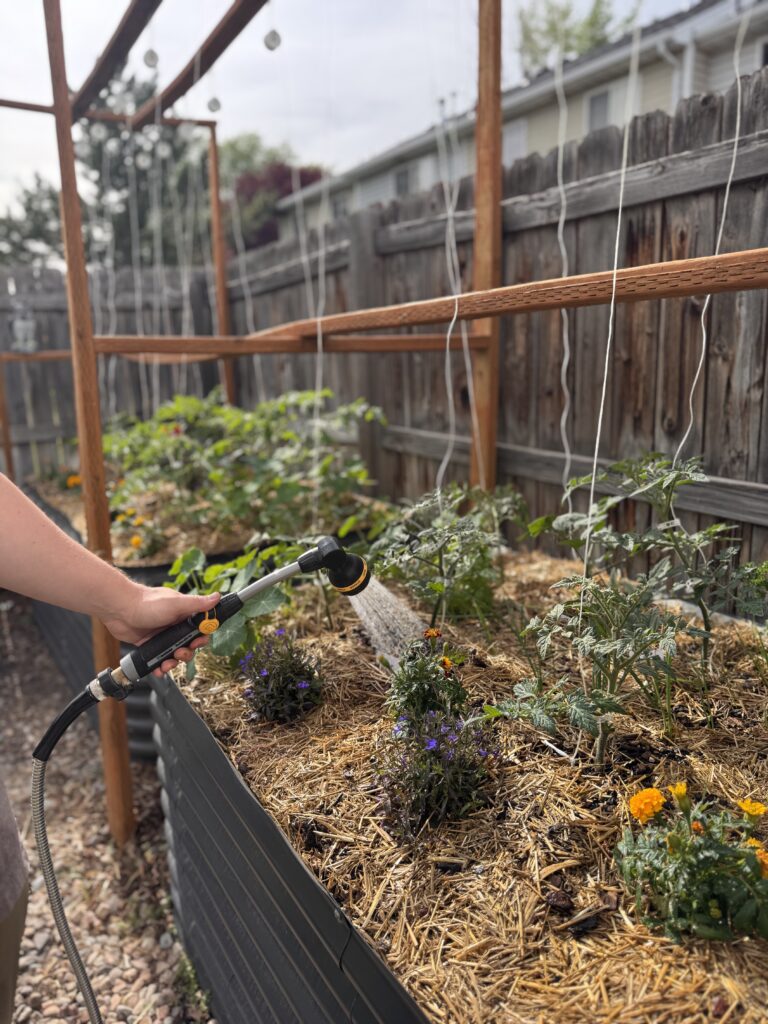
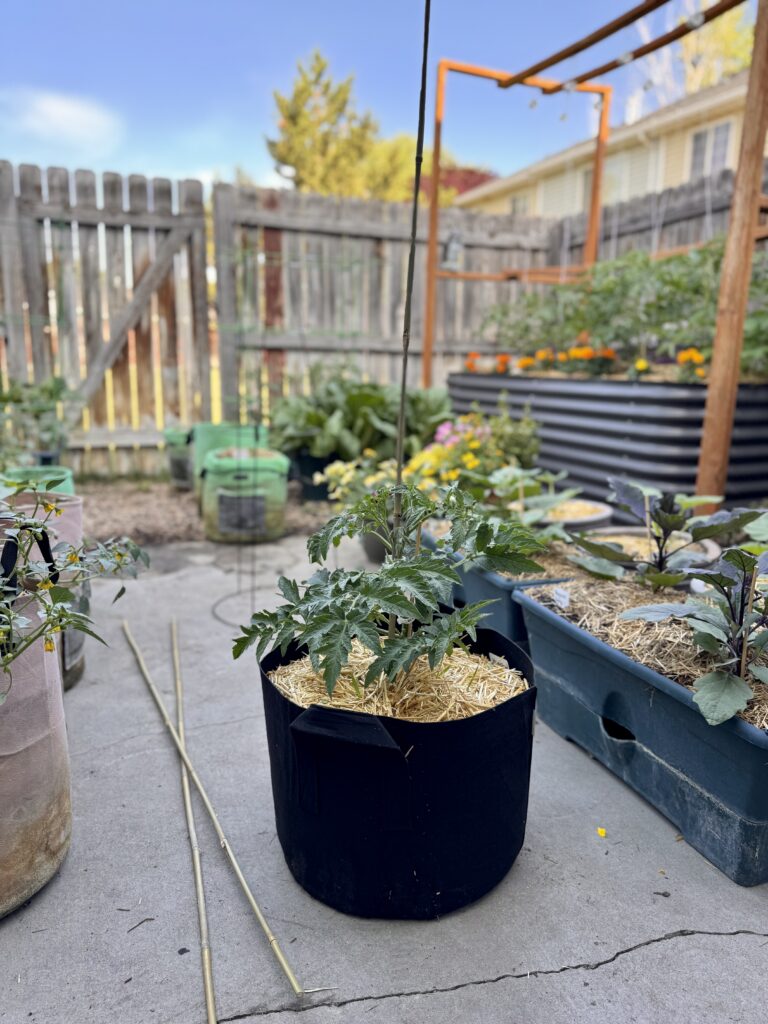
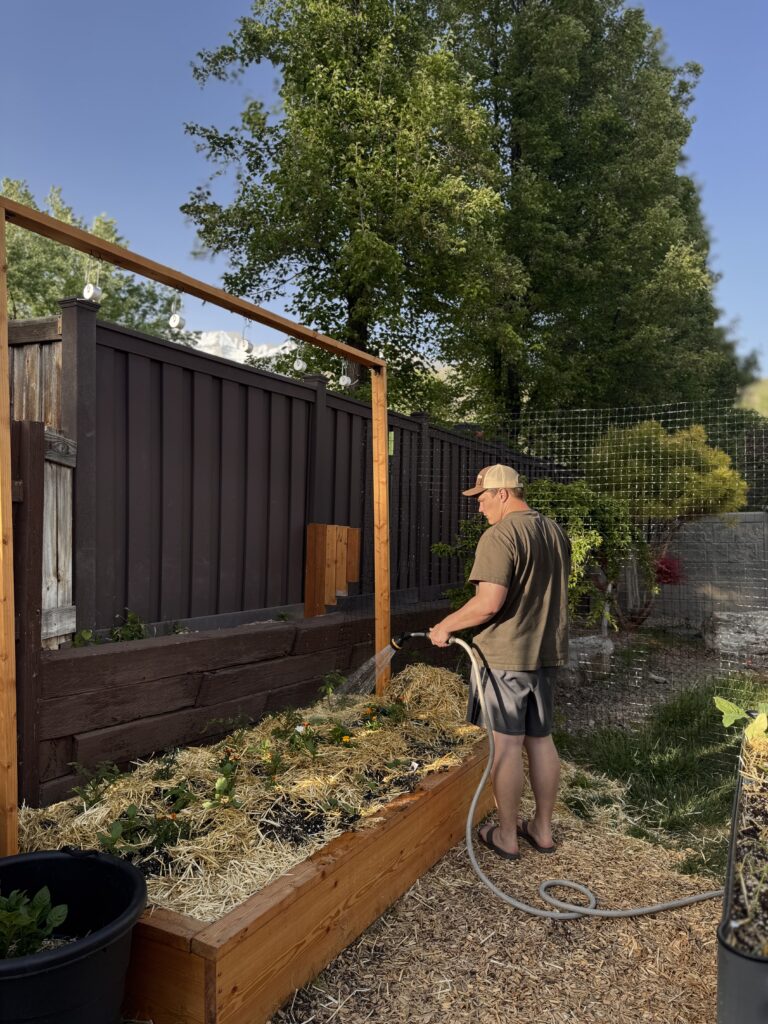



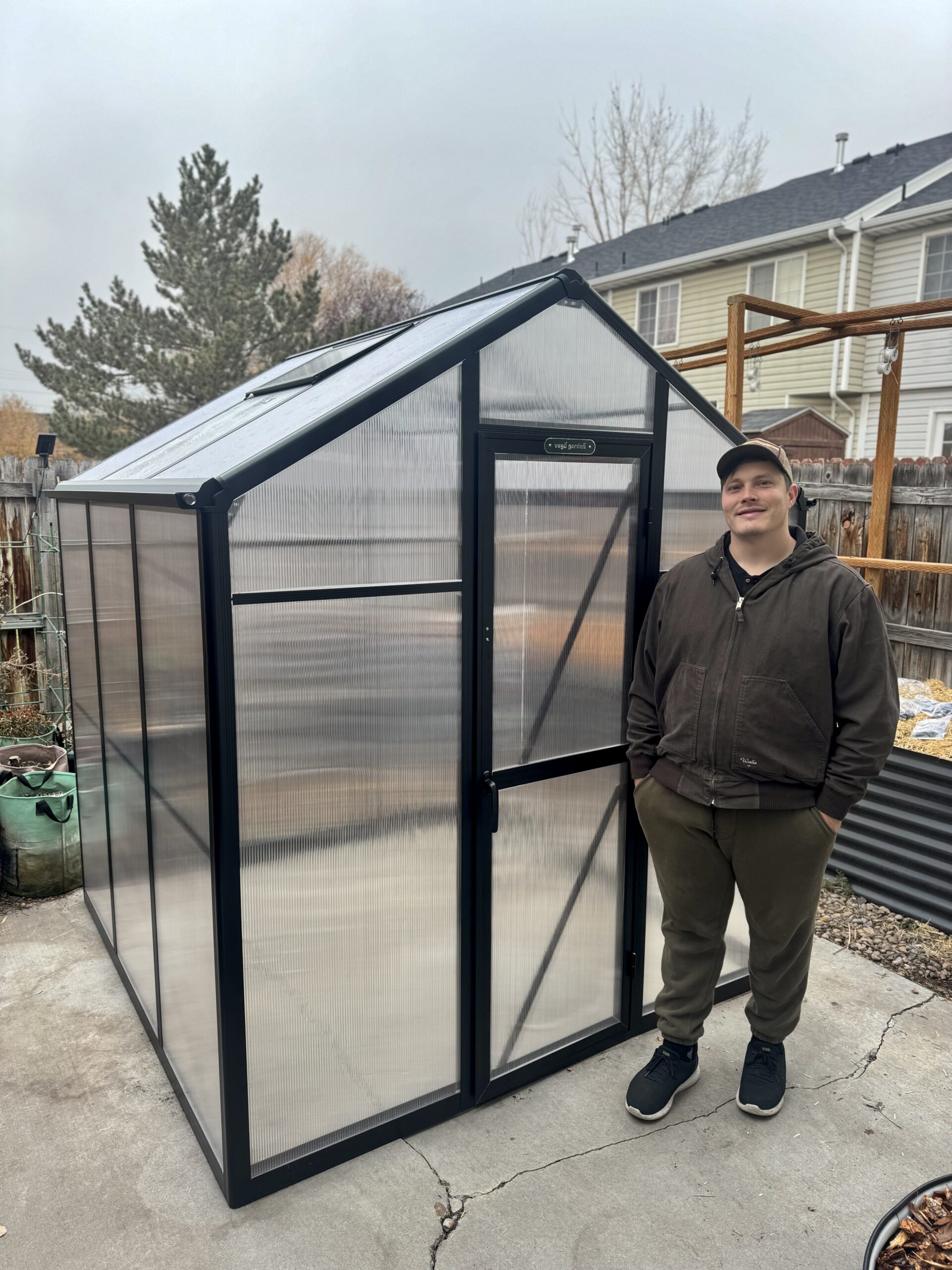

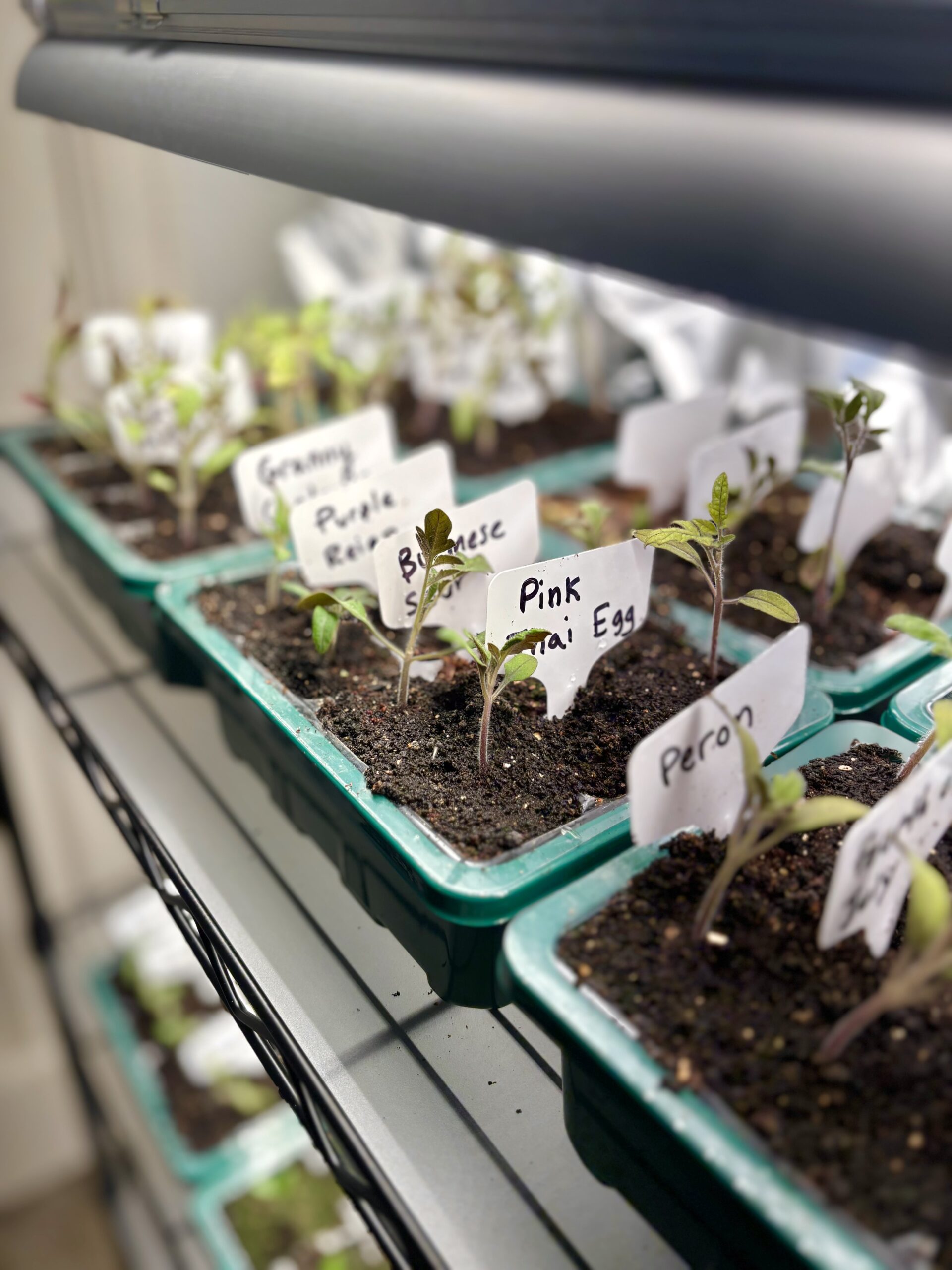
I wonder with a drip irrigation system how deep of a watering the plants would get. Or is it just an automated surface watering?
The soak method is awesome! Fewer wilted plants and way deeper roots by the end of the season